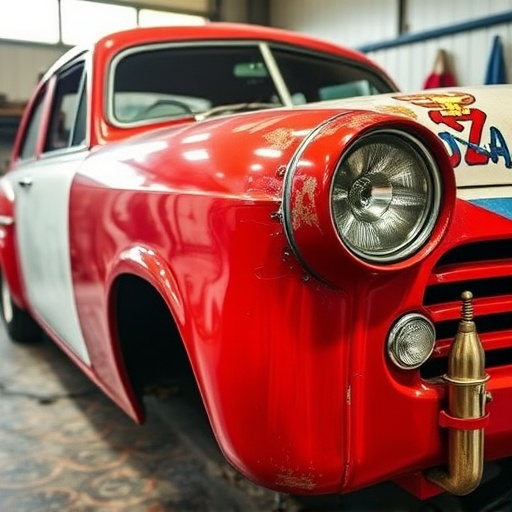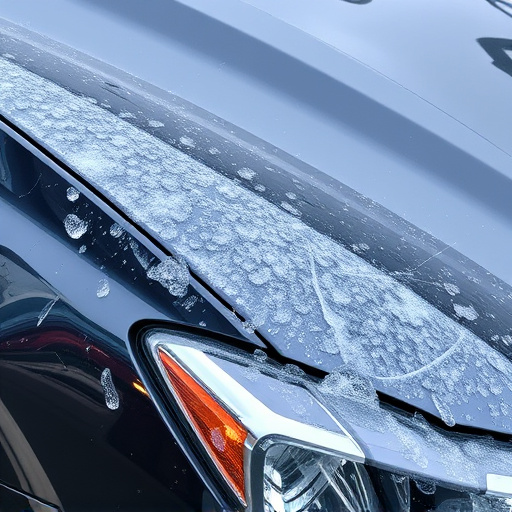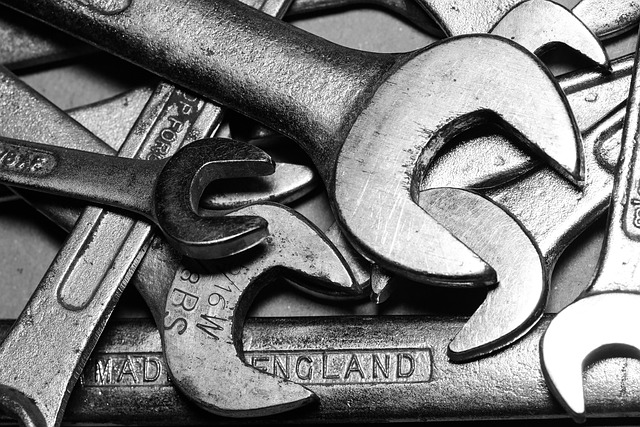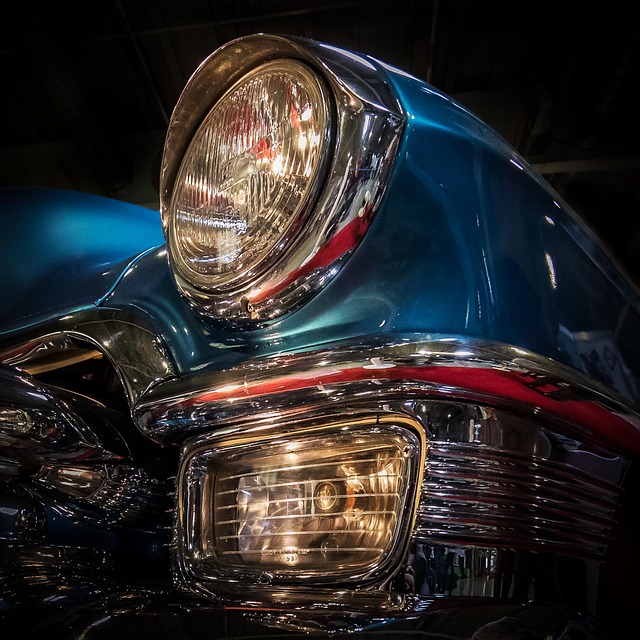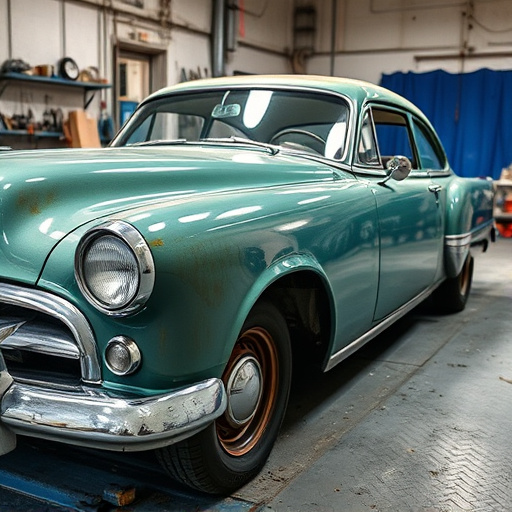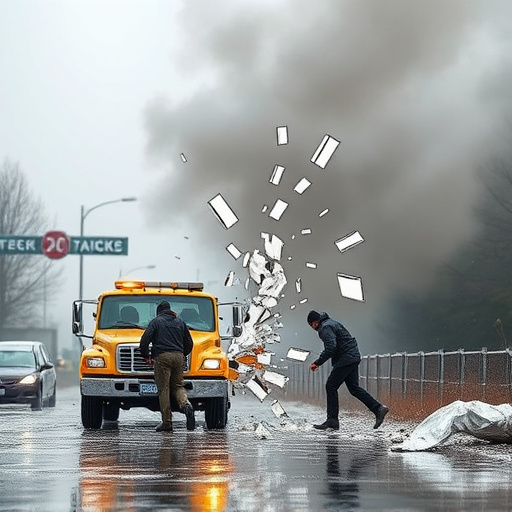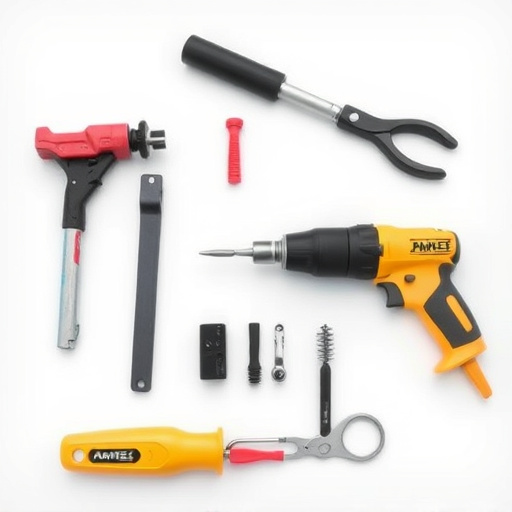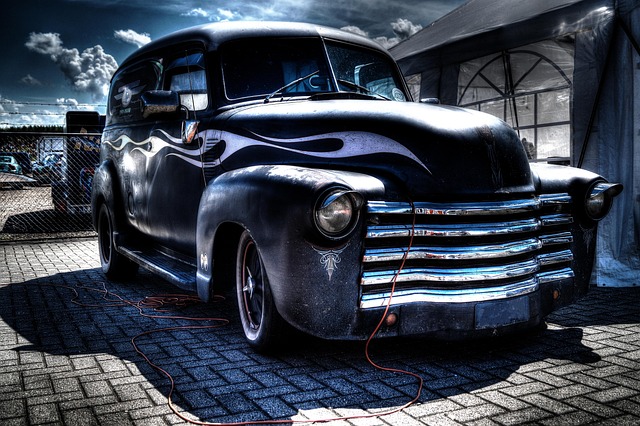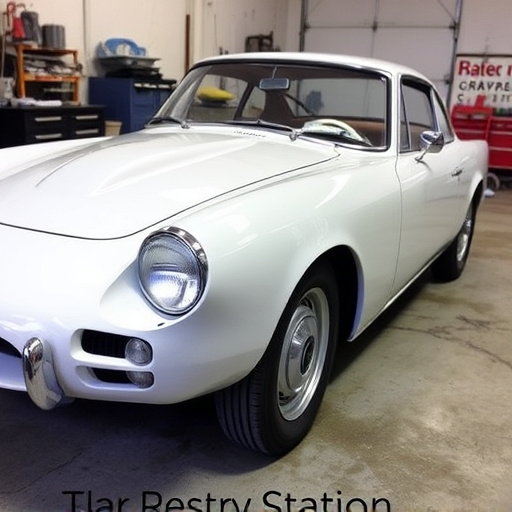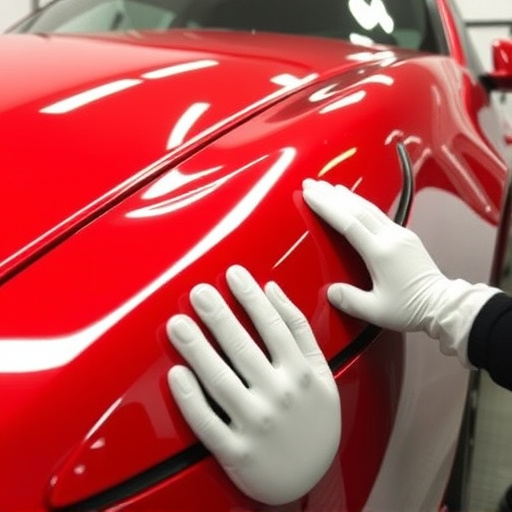Ice damage collision repair differs from traditional repair due to hidden imperfections caused by water expansion and freezing temperatures. It requires specialized knowledge of metal interactions in cold conditions and precise tools for accurate assessment and correction, vital for structural integrity and visual appeal. Skilled technicians address visible and invisible scars using advanced equipment and tailored methods, ensuring aesthetic appeal, safety, and longevity after ice-related incidents.
Ice damage collision repair is a specialized field within automotive restoration, presenting unique challenges due to the delicate nature of frozen vehicles. Understanding how ice affects materials and structures is crucial for effective repairs. Specialized techniques are required to address cracks, corrosion, and structural distortions caused by extreme cold. This article explores these challenges in depth, delving into the specific methods used to restore vehicles damaged by icy conditions, emphasizing quality outcomes in ice damage collision repair.
- Understanding Ice Damage: Unique Challenges in Collision Repair
- Specialized Techniques: Restoring Vehicles After Freezing Temperatures
- The Art of Restoration: Achieving Quality in Ice-Related Collisions
Understanding Ice Damage: Unique Challenges in Collision Repair

Ice damage collision repair presents a unique set of challenges for automotive experts. Unlike traditional accidents, ice damage often leaves invisible yet significant marks on vehicles. Freezing temperatures and rapid expansion and contraction of water cause intricate patterns of dents, cracks, and bends that might not be immediately apparent. These hidden imperfections can compromise the structural integrity of a vehicle if left unaddressed during repair, making ice damage collision repair a specialized process.
While car dent repair, car scratch repair, or even car restoration techniques can help rectify various automotive issues, ice damage requires an understanding of how water interacts with metal and other materials in cold conditions. Specialized tools and methods are needed to accurately assess and correct the unique shapes and patterns left by ice. This precision is crucial to ensure not only a visually appealing finish but also a safe and reliable vehicle after the repair.
Specialized Techniques: Restoring Vehicles After Freezing Temperatures

When vehicles experience ice damage, they require specialized techniques for collision repair due to the unique challenges posed by freezing temperatures. Standard repair methods might not be effective in restoring structural integrity and aesthetic appeal during cold conditions. Specialized technicians understand that ice can cause complex issues, such as warped bodies, frozen fluids, and damaged electrical components.
To address these problems, professionals in ice damage collision repair employ advanced tools and procedures. They meticulously assess the extent of the damage, addressing hidden issues like corrosion from moisture intrusion or weak spots in the frame that might have been exacerbated by the cold. Techniques include precise heating to thaw frozen parts without causing further stress, specialized painting processes to ensure optimal adhesion in low temperatures, and meticulous restoration of interior components to maintain a comfortable and functional space. This level of expertise is crucial for restoring vehicles like Mercedes-Benz or other high-quality fleet repair services, ensuring they return to their pre-incident condition after ice-related incidents.
The Art of Restoration: Achieving Quality in Ice-Related Collisions

Restoring vehicles damaged by ice requires a delicate art that goes beyond standard collision repair techniques. Ice damage often leaves visible and invisible scars on a vehicle’s surface, from cracks in the paint to structural distortions hidden beneath. Skilled technicians must approach each repair with an understanding of these nuances. They employ specialized tools and methods tailored for handling frozen moisture, ensuring every detail is meticulously addressed.
At reputable car repair shops offering superior auto repair services, the process involves careful assessment, precise cutting, and meticulous filling and painting. Technicians use advanced equipment to detect underlying damage, preserve original materials, and achieve a seamless finish that restores both aesthetic appeal and structural integrity. This level of craftsmanship guarantees not just visible repairs but also ensures the vehicle’s safety and longevity after an ice-related collision.
Ice damage collision repair presents unique challenges that demand specialized techniques. As understood through this discussion, the specific nature of ice-related collisions requires a meticulous approach to restoration. By employing advanced methods and expert knowledge, professionals can effectively reverse the detrimental effects of freezing temperatures on vehicles, ensuring they return to their pre-accident condition. This specialized care is essential for delivering top-quality repairs and restoring peace of mind for vehicle owners facing such unique damage scenarios.
